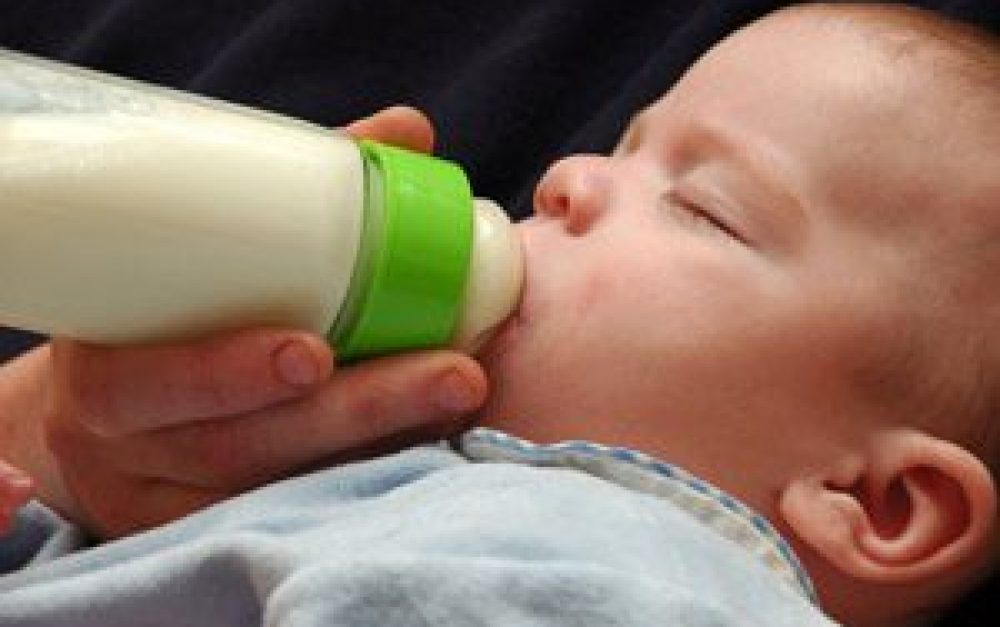It's been the official mantra of pesticide companies for decades: "The dose makes the poison." While it makes intuitive sense — you'd think that the more of a chemical you're exposed to, the sicker you'll get — the science has, in fact, been saying otherwise for years.
A team of 12 scientists recently released a report calling on EPA to completely revamp the way they evaluate chemicals, to better reflect this now fully understood reality: Tiny amounts of certain chemicals can have devastating effects on human health.
It’s all about the hormones. Our systems are largely regulated by these powerful chemical messengers, and the intricate process of fetal development is all but completely orchestrated by them.
The bad news is, some synthetic chemicals look a lot like our natural hormones to the “hormone receptor” trigger cells that turn many functions on and off in our bodies. Particularly for the developing systems of infants and children, it’s often the timing — not the dose — that matters most.
Antiquated testing doesn't cut it
For decades, this has been our approach to testing how new chemicals might affect human health: expose lab animals to high levels of the chemical, and use the results to predict how humans will respond to exposure under real world conditions. This approach, as the scientists make quite clear, simply doesn't work:
The effects of low doses cannot be predicted by the effects observed at high doses. Thus, fundamental changes in chemical testing and safety determination are needed to protect human health.
The report, published in the scientific journal Endocrine Reviews, also takes a careful look at what's now known about the human health effects of “hormone-mimicking” chemicals. The scientists reviewed hundreds of studies and found clear links to a gaggle of diseases and disorders, including cancer, obesity, infertility, cardiovascular disease and other disorders. The science “clearly indicates that low doses can no longer be ignored,” conclude the report authors.
Common pesticides are on the list
The widely-used herbicide atrazine is one of the pervasive chemicals scientists have linked with low-dose effects. According to USDA data, atrazine — used mostly to kill weeds on row crops like corn — is found in 94% of the drinking water sampled across the country. Chlorpyrifos, a common insecticide, is also on the list.
The impact of these findings on regulatory science could be far-reaching. As Dr. Laura Vandenberg, a postdoctoral fellow at Tufts University’s Levin Lab Center for Regenerative and Developmental Biology and one of the report's authors, told reporter Marla Cone of Environmental Health News:
There truly are no safe doses for chemicals that act like hormones, because the endocrine system is designed to act at very low levels.
The authors of this study bring a not-so-subtle urgency to their reporting. It is, quite simply, time to fundamentally change the way we think about how chemicals can affect our health. I hope policymakers in Washington DC — and in state capitols across the country — are paying close attention.








